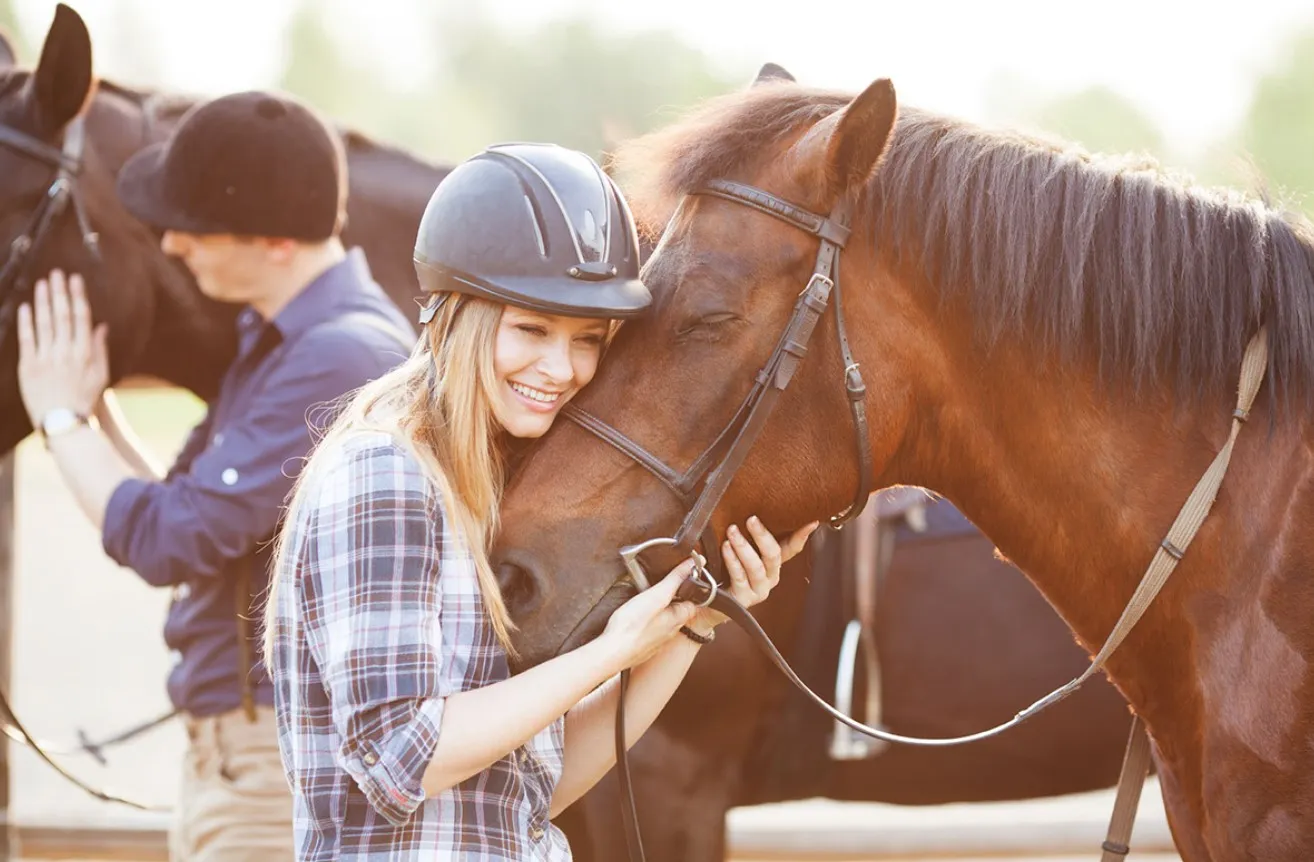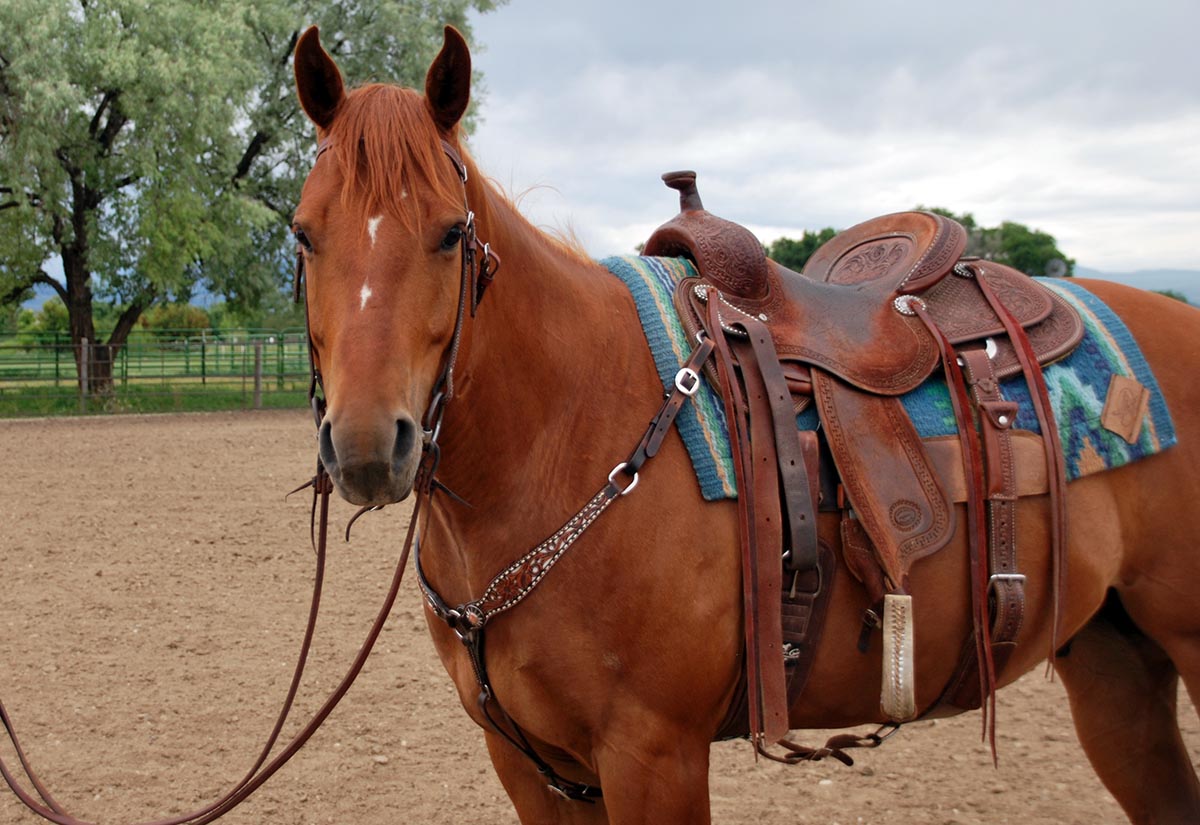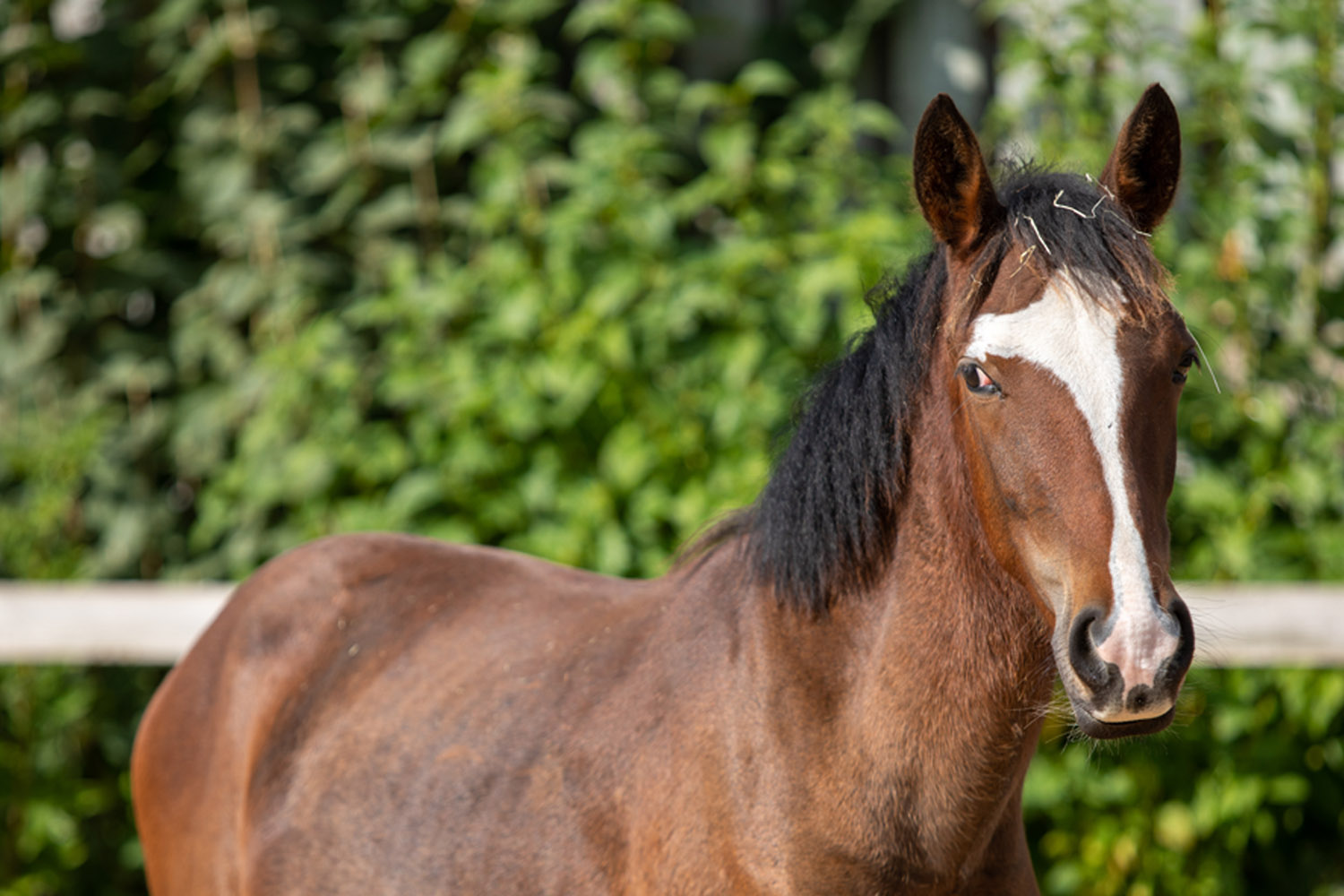Learning how to put reins on a horse is a fundamental skill for both beginner and experienced equestrians. Properly attaching reins ensures safety for both the rider and the horse. Whether you are a seasoned horse enthusiast or just beginning your equestrian journey, understanding the correct technique is essential.

Understanding the Basics
The first step in understanding how to put reins on a horse is acknowledging the importance of reins. They act as a communication tool, allowing the rider to guide and control the horse effectively. This initial step is crucial in ensuring a harmonious riding experience.
Types of Reins
Before learning how to put reins on a horse, familiarize yourself with different types of reins. Common varieties include split reins, closed reins, and long reins. Each has a specific use and is suited to different riding styles.
Preparing Your Horse
Before you start, ensure your horse is calm and in a good mood. Always approach your horse gently and speak softly to establish trust. This preparation is essential in making the process smoother. Find more advice on preparing your horse on our horse bonding exercises page.
Gathering the Necessary Equipment
Ensure you have all necessary equipment at hand. This includes the bridle, reins, bit, and any additional tack you may need. It is advisable to maintain and store your gear properly; more can be learned at tack care tips.
Choosing the Right Reins
Select reins that are comfortable for both you and your horse. Different materials and designs can affect the horse’s comfort and your control.
Step-by-Step Guide to Reining
Step 1: Placing the Bridle
Ensure the bridle fits well around the horse’s head. Place the bit calmly into the horse’s mouth to avoid discomfort.
Step 2: Attaching the Reins
Properly attach the reins to the bit. If using split reins, ensure they are even and not tangled. For more detailed accessory guidelines, check out essential equestrian gear.
Step 3: Adjusting Palm Position
Once the reins are attached, adjust them in your hands ensuring they are neither too tight nor too loose. This allows for better control.
Final Checks
Ensure Safety and Comfort
Before you start riding, double-check all equipment is secure. This prevents mishaps while riding and ensures your horse’s comfort.
Practicing with Reins
Regular practice with reins is key to mastering control. Engaging in safe riding practices is paramount to prevent injuries; youll find more information on this in our safety tips.
Tips for Beginners
For beginners, its critical to get plenty of practice in a controlled environment. Start with simple maneuvers to build confidence.
Monitoring Horse’s Reactions
Pay attention to your horse’s responses when using the reins. Understanding their reactions will help in refining your technique.
Common Mistakes to Avoid
Avoid holding the reins too tightly, as this can cause discomfort for your horse. Similarly, never attach reins without first ensuring they are in good condition.
Keeping the Reins in Optimal Condition
Check the reins for wear and tear regularly. Proper care ensures lasting use.
Conclusion
Mastering the art of how to put reins on a horse can greatly improve your riding experience. With patience and practice, you can ensure both your safety and that of your horse. Should an emergency arise, be prepared by reading our horse first aid guide.

FAQ
How tight should the reins be?
The reins should be tight enough to give you control but loose enough not to hurt the horse.
Can I use any reins on any horse?
Not necessarily. Some horses respond better to specific types of reins. It’s important to find the best match for you and your horse.
What’s the best type of rein for beginners?
Closed reins are often recommended for beginners due to their simplicity and ease of use.






